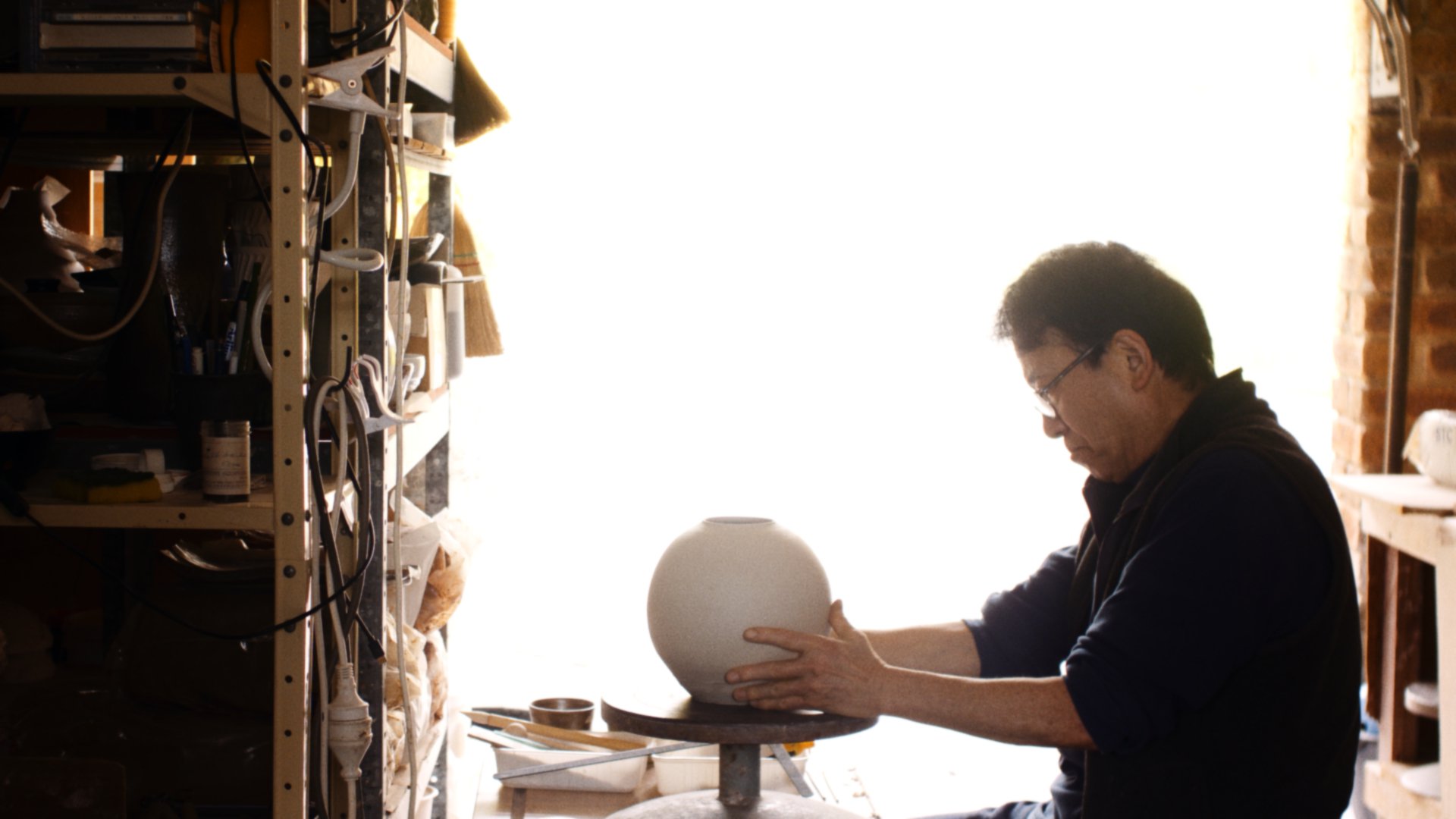
- Keep it around 120 words – long enough for the reader to take away a couple of key points, and short enough to leave them wanting more. Preparing versions of your statement at different lengths (50, 120, 250 words) can be useful for different platforms.
- Summarise your practice – including medium(s), themes, techniques and influences. Tie together conceptual underpinnings with the nuts and bolts of production.
- Write in the third person. Use simple language, avoiding clichés and artspeak. There’s no excuse for grammatical and spelling errors – get a friend or colleague to proofread your statement.
- Include a sentence that encapsulates what is most significant about you and your work – the thing that you’re known for.
- Don’t allow your biography to become outdated. Give it some longevity in your way of writing - for example, “Sally has been making ceramics since 2010” won’t become outdated whereas “Sally has been making ceramics for six years” quickly will.
Here's a good example of an artist statement:
Terunobu Hirata is a Melbourne based potter who works with stoneware and porcelain. Well known for blending traditional Japanese forms and glazes with contemporary aesthetics, Terunobu first began study at the Warrandyte Potter’s Cottage in the early 1990’s, Terunobu originally trained as a chef and for many years worked at Kuni’s Japanese restaurant – one of the oldest Japanese restaurants in Australia. Refining his technique, Hirata has studied alongside a number traditional potters in Japan, being particularly influenced by Japanese Bizen pottery. His history as both a chef and potter has meant that the ‘use’ of his work is essential to his practice and each piece is made with careful consideration of both its form and function. There is an awareness of detail and balance in Hirata’s work which means they are as beautiful to use as they are in appearance.
At a glance: How to structure your artist bio
First paragraph: Introduce yourself
- Where you’re currently based and potentially where you’re originally from if it’s relevant to your practice.
- How long you have been been practicing / when you started practicing (always specifying the date, rather than number of years to avoid the bio becoming outdated).
- How you got started, including any relevant training or qualifications.
Second paragraph: Details about your practice:
- Themes and concepts explored in your work.
- Materials and techniques used in your work.
Third paragraph (optional / only if applicable): Achievements:
- Any notable exhibitions you’ve been involved in, or awards you have received or been nominated for (e.g. Victorian Craft Awards, Fresh!, etc.)
- Any notable collections in which your work has been included (e.g. if you have been acquired by NGV, international collections, etc.)
